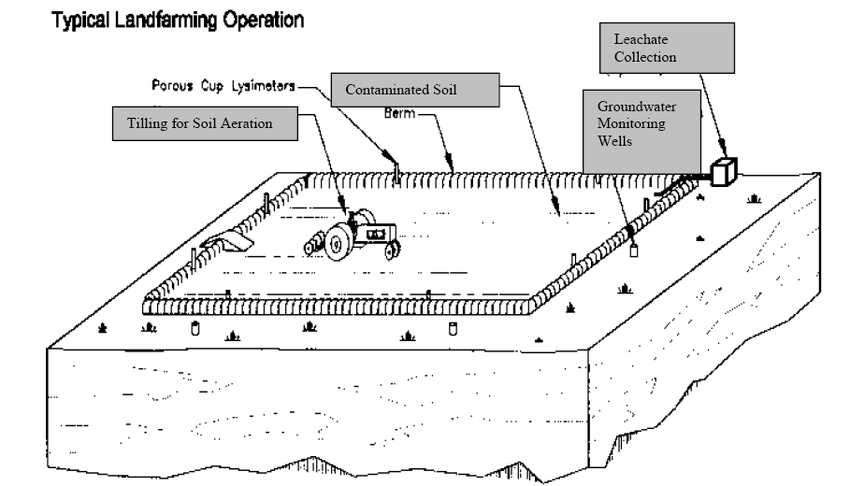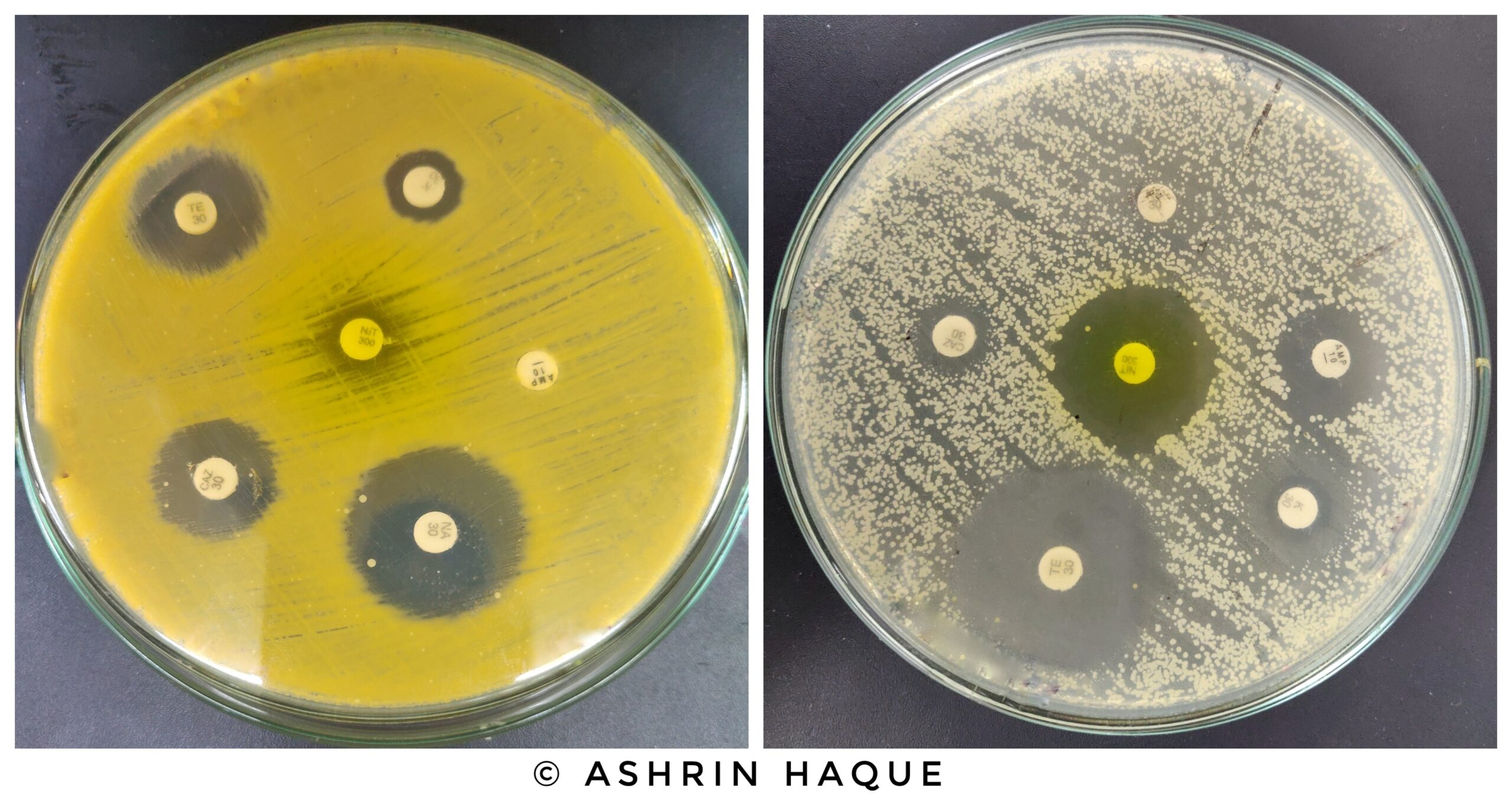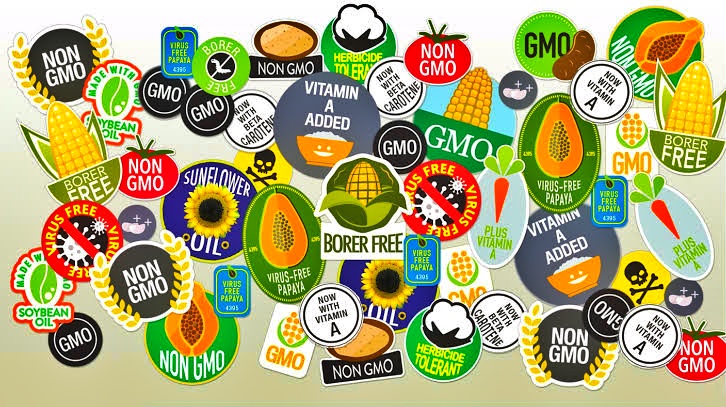Introduction
The world is getting more polluted day by day because of human work which is, directly and indirectly, affecting us and other species. Toxic, non-toxic, recalcitrant pollutions are an obstacle to good health for us and mother nature. Now, to clean off pollution, there are many ways, but most of them are expensive and bad for the environment. To solve this issue, bioremediation comes into play. Bioremediation is a part of biotechnology which is the use of natural physiological work for example metabolism of different organisms like bacteria, fungi, or green plants or their enzymes to eliminate harmful and toxic contaminants of soil, water, or air. In short, reduction of environmental pollution naturally. There are many examples of this technology like bioventing, land-farming, bioleaching, composting, bio-augmentation, bio-stimulation, etc. [1] [7]
Challenges
Some factors challenge successful soil and other bioremediation techniques and the main four reasons are waste heterogeneity, concentration effect, toxicity, and environmental condition.
Waste heterogeneity is when both organic and inorganic wastes are dispersed or mixed in a place. If there is only organic or inorganic waste in a medium (soil, air, water), it is relatively easy to remediate that waste. Moreover, the contaminants can be present in any state such as solid, liquid, or gaseous. Again, contaminants can be free moving, absorbed by other factors, or chemically bound to other chemicals. These situations make bioremediation challenging.
The next challenge is the concentration effect. As the contaminants can be present in either extremely low or very high concentrations, low concentrations may not be adequate to support microbial growth or provide for the induction of suitable enzymatic systems, on the other hand, high concentrations can be inhibitory or toxic to microbial life.
The third challenge is compound persistence or toxicity. Many compounds cannot be degraded easily or don’t degrade at all, like xenobiotics and recalcitrant. Also, it is sometimes required to combine several microbial species’ metabolic efforts, which decreases efficiency and can cause nutrition deficiency, further decreasing efficiency.
Lastly, environmental conditions. As most of the time, in-situ bioremediation is preferred, different environmental factors like temperature, pH, humidity, other pollutants, soil characteristics, and water condition, all of these can challenge the process, which decreases microbial or plants growth. Again, as there are different types of conditions in different sites, a new process design is required frequently, which increases time and cost. [2] [3]
Important Factors in Bioremediation
When designing a process for bioremediation, some factors have to be considered. Firstly, the existence of microbial or plant species that can perform bioremediation efficiently. Microbes or plants are one of the important factors as the work depends mostly on them. Next, the availability of contaminants where it needs to be known how much contamination (concentration) is there. Finally, the environmental condition of the site. After considering these factors, it is time for process development.
It is important to write that, always lab-scale process is done before implementation in the environment. [8]
Development of Bioremediation Technique (Lab Scale)
The first step is isolation where a perfect organism is selected that can degrade the pollutant most efficiently. It is important to note that, generally indigenous organisms of the treatment site are selected as exogenous organisms that might not survive and compete in that situation.
The next step is lab cultivation where the isolated species quantity is increased. Nowadays, most of the work in this sector is done using genetic engineering. So, the next step is to study metabolism. A genetically engineered organism is much more efficient than a natural species, which is why with proper biosafety, species are genetically engineered.
After that, monitoring and measurement where progress is studied to measure how much pollutant is degraded, how much time it took, what is the end product, etc. After this step, the pilot scale is run. [8]
Reasons for Contamination of Soil and Ground Water
There are lots of reasons nowadays which contaminate our environment. For example, underground storage tank like fossil fuel storage tank from which pollutants drips into soil and groundwater; accidental and agricultural discharges where container burst, pesticides used in agriculture, oils, and cleaning solvents are the main culprit; the industry which has the higher proportion of pollution and the main reason for pollution as they use fossil fuel and produce toxic by-products which are not typically treated when discharging in the environment; household chemicals are another culprit here as besides using fossil fuels, paints, burnish, synthetic chemicals used in furniture all pollutes the environment. Typically, what man does one way or another pollutes the environment. [8] [9]
Bioremediation Strategy
There are two main strategies, in-situ bioremediation, and ex-situ-bioremediation. Before going to discuss those strategies, we need to know about bioaugmentation. As bioremediation is the use of natural physiological work of different organisms to eliminate harmful and toxic contaminants of the environment, bioaugmentation is one of the most important parts. Bioaugmentation is the addition of cultured microorganisms (indigenous or exogenous) into the subsurface for biodegrading specific soil and groundwater contaminants and in this method, indigenous organisms are preferred for competition and survivability.
Now the in-situ technique is when the bioremediation process happens on the polluted site and in this technique that site is supplied with oxygen and nutrients with endogenous bacteria to bioremediate. This strategy is suitable for soil and groundwater bioremediation. The in-situ technique can be divided into two types, bioventing where oxygen and nutrition are supplied with low airflow to enhance indigenous microorganisms to degrade generally NAPL (Non-Aqueous Phase Liquids which are water non-soluble organic liquid contaminants), and bio-sparging where the high flow of air is used (not nutrition) to increase water oxygen concentration and to help the microorganisms naturally degrade pollutants.
Ex-situ technique is when the bioremediation happens outside the polluted site and this technique involves the excavation or removal of contaminated soil and the use of bioreactors. Ex-situ technique is two types, land farming where contaminated soil is excavated and spread over a prepared bed and periodically tilled until the pollutants are degraded, and composting which is the use of a biological system of microorganisms in a mature, cured compost to break down pollutants in water or soil. Though composting is one of the easiest methods to bioremediate various organic and metal pollutants simultaneously, the disadvantage of it, is relying on the absorption capabilities of organic compounds and the degradation capability of the microorganisms present. On the other hand, the disadvantage of land farming is the limitation of treatment up to superficial 10-35 cm of soil, deeper than that, land farming is not efficient or doesn’t work.

Fig- landfarming (collected)
Other than these, biopiling is another method that is a hybrid of landfarming and composting, where the genetically engineered microorganism is used and generally used to treat surface contamination with petroleum hydrocarbon. [4]

Fig- biopiling components (collected)
Advantages of Bioremediation
There are many advantages of bioremediation, such as it is a natural process, the rate of biodegradation may increase over time, products from treatments are generally harmless, in-situ bioremediation can result in the complete degradation of pollutants into a harmless product on site, and it is the cheaper alternative to other techniques used for pollution mitigation. [5]
Disadvantages of Bioremediation
Though bioremediation has many advantages, several disadvantages can also be found, such as it is only applicable to biodegradable compounds, in rare cases, the end products of biodegradation may potentially be even more persistent or toxic than the original contaminant, scaling up the size of studies from small initial studies to commercial-scale field operations is difficult, microbes are specific to environmental conditions and pollutants, so it’s hard to maintain all of them as in nature various types of contaminants are present and it takes more time than other techniques. [6] [8]
Conclusion
so, what we understood is that bioremediation is the use of natural physiological work of different organisms to eliminate harmful and toxic contaminants of the environment. As time forwards, the number of pollutants and pollution is increasing, and the adverse effects already started to show signs. Remediation of these pollutants is necessary and finding a correct efficient method is of utter importance. Though a lot of research is needed, bioremediation can be the best option we have now.
See also- https://learnlifescience.com/biofilm-and-its-role-in-bioremediation/
References
Definition–
1. https://www.investopedia.com/terms/b/bioremediation.asp
Challenges–
2. Vishwakarma, G. S., Bhattacharjee, G., Gohil, N., & Singh, V. (2020). Current status, challenges and future of bioremediation. In Bioremediation of Pollutants(pp. 403-415). Elsevier. https://www.sciencedirect.com/science/article/pii/B978012819025800020X
3. Mishra, M., Singh, S. K., & Kumar, A. (2021). Environmental factors affecting the bioremediation potential of microbes. In Microbe Mediated Remediation of Environmental Contaminants(pp. 47-58). Woodhead Publishing. https://www.sciencedirect.com/science/article/pii/B9780128211991000055
Bioremediation strategies + In-situ bioremediation+ Ex-situ bioremediation–
4. Azubuike, C. C., Chikere, C. B., & Okpokwasili, G. C. (2016). Bioremediation techniques–classification based on site of application: principles, advantages, limitations and prospects. World Journal of Microbiology and Biotechnology, 32(11), 1-18. https://www.ncbi.nlm.nih.gov/pmc/articles/PMC5026719/
Advantage–
5. Bioremediation. (n.d.). Geoengineer.Org. Retrieved June 24, 2021, from https://www.geoengineer.org/education/web-class-projects/cee-549-geoenvironmental-engineering-winter-2013/assignments/bioremediation
Disadvantage–
6. Bioremediation. (n.d.). Geoengineer.Org. Retrieved June 24, 2021, from https://www.geoengineer.org/education/web-class-projects/cee-549-geoenvironmental-engineering-winter-2013/assignments/bioremediation
General information–
7. Guide: What Is Bioremediation, Bioremediation Benefits, & More. (2021, March 9). ESD Waste2Water. https://www.waste2water.com/bioremediation-benefits-and-uses/
8. Karki, G. (2020, June 9). Bioremediation: Concept, Types, Advantages and Limitations. Online Biology Notes. https://www.onlinebiologynotes.com/bioremediation-concept-types-advantages-and-limitations/
9. Bioremediation. (n.d.). Geoengineer.Org. Retrieved June 24, 2021, from https://www.geoengineer.org/education/web-class-projects/cee-549-geoenvironmental-engineering-winter-2013/assignments/bioremediation
“Since the article has been written to reflect the actual views and capabilities of the author(s), they are not revised for content and only lightly edited to be confirmed with the Learn life sciences style guidelines”












Thanks for another great post.
Thanks for sharing. I read many of your blog posts, cool, your blog is very good. https://www.binance.info/ph/join?ref=V2H9AFPY